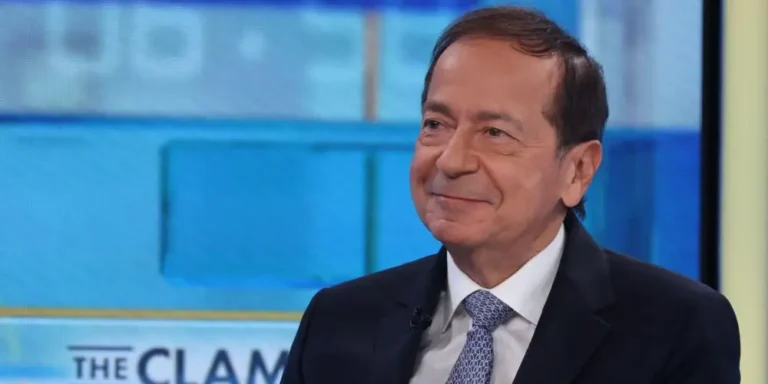Adtech firm The Trade Desk has a plan to reduce the cost of digital ads

- The Trade Desk will start undercutting the fees publisher adtech firms tack on to digital ads.
- The adtech used by publishers often inaccurately prices their inventory, said a Trade Desk exec.
- It’s the latest example of The Trade Desk’s growing clout with publishers.
The Trade Desk, an adtech firm, is about to implement a plan to reduce the cost of digital advertising for advertisers.
The Trade Desk runs “demand-side platform” software, which advertisers use to buy ads across the internet. According to its year-end earnings report, it is the largest independent DSP, handling $7.8 billion in ad spend in 2022, and competes with behemoths such as Google and Amazon.
According to an email obtained by Insider and sent to publishers of ad-supported online content and their tech partners last week, The Trade Desk announced that beginning in September, it will bid below the asking price on ads. This new initiative has been confirmed by the Trade Desk.
Digital ads are frequently purchased through an auction, and these ads have price floors, which are the lowest rates that ad sellers will accept for online ad space.
Publishers work with technology partners known as “supply-side platforms” to set their prices based on CPMs — or the cost of having 1,000 people view an ad. SSPs also manage the online ad auction and charge a fee for their services.
Publishers, on the other hand, work with multiple SSPs. And different SSPs charge a wide range of fees, according to Will Doherty, VP of inventory development at The Trade Desk.
For example, a publisher may charge a minimum of $1 CPM, and one SSP with whom they work will auction it for a minimum of $1.20, another for $1.50, and a third for $1.75. According to Doherty, an average premium publisher has 26 different floors set by the SSPs.
According to him, the Trade Desk’s new strategy is intended to standardize these price floors, and it may weed out SSPs that “manipulate or create unfair auctions.”
“You don’t need data science to tell you that these floors are inaccurate or do not truly represent what the minimum bid is to win,” he explained. He added that he hopes other demand-side platforms will follow suit, as it will help publishers understand how much their ads are truly worth.
Chris Kane, founder of adtech consultancy Jounce Media, agreed that SSP price floors are frequently inaccurate. “The declared floor prices in bid requests no longer represent the publisher’s actual floor price,” he explained.
The Trade Desk had previously not bid on ads with excessively high floor prices, but now that it will, publishers will see more bids for their ads, he said. Publishers must configure their auctions to accept bids below their price floors in order to see these bids.
While other DSPs may send low-ball bids on occasion, publishers may be more willing to consider The Trade Desk’s bids due to the large number of advertisers who use its platform.
According to Adam Soroca, chief product officer at the SSP Magnite, The Trade Desk’s software is designed to find “favorable” pricing for advertisers, and without SSPs, publishers’ ad rates will continue to fall.
Publishers are not obligated to accept The Trade Desk’s lower bids, according to Doherty: “You’ll know what we would have paid if you let us bid.”
The Trade Desk’s decision comes at a time when technology for advertisers and technology for publishers are becoming increasingly competitive. The Trade Desk launched OpenPath in 2022, allowing advertisers to buy programmatic ads directly from publishers without going through an SSP’s auction. Meanwhile, SSPs such as PubMatic and Magnite have launched new products to connect their publisher communities with advertisers directly.






